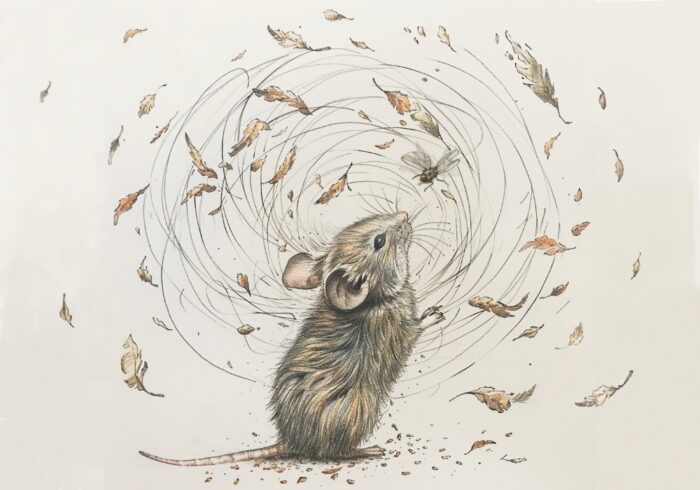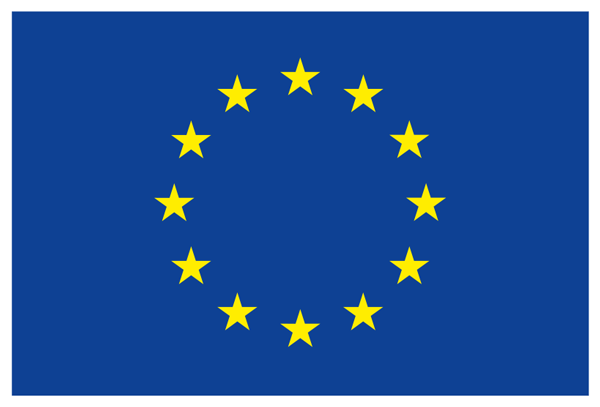New study in mice reveals how visual information is progressively channelled to motor neurons

Translating visual information into motor commands is essential for our everyday interactions with the world, enabling us to convert sensory input into appropriate motor responses. While extensive research has characterized the circuits responsible for sensory representation and motor output generation, the circuitry bridging sensation and action has remained elusive. Now Marco Tripodi’s group, in the LMB’s Neurobiology Division, has shed light onto this mystery by identifying the neural mechanisms underpinning visuomotor transformations.
To reveal how visual information is translated into motor commands, postdoctoral researcher Ana González Rueda focused on a layered midbrain structure called the superior colliculus. The superficial layers of the superior colliculus respond to sensory stimuli, while its deeper layers control motor output, which makes it an ideal brain station for integrating sensorimotor responses.
Recent findings have shown that two visual pathways coexist within the superior colliculus. One pathway is dedicated to responding to static visual features, with each point in the visual scene topographically mapped onto the surface of the superior colliculus. The other pathway, whose existence only recently emerged, is instead dedicated to responding to moving visual stimuli. This second pathway is also topographically organized so that neurons responding to the same orientation of motion cluster together, forming coherent motion direction columns.
The conventional textbook model of sensorimotor alignment always assumed that the static visual pathway drove the motor areas. Contrary to this model, these new findings reveal that the motor system is driven instead by the neurons forming the newly discovered motion direction columns.
By exploiting the genetic identity of premotor neurons, advanced viral tracing tools, in vivo electrophysiology and computational modelling, Ana and colleagues were able to systematically assess and compare how visual inputs influence motor actions in mice. The team found that collicular motor units responded to moving visual stimuli rather than static ones.
Essentially, the system functions like a motion detection camera, which activates in the presence of moving objects and reports to the motor system both the location and direction of the object, thus facilitating its rapid interception through the recruitment of movement vectors that are aligned to the target trajectory but opposite in direction.
Importantly, previous work in the Tripodi lab has revealed that the collicular motor system is also topographically organized so that neurons driving motion in the same direction cluster together, forming discrete and direction-coherent motor columns. These new findings indicate that sensorimotor alignment is achieved by simply aligning these two modular direction systems, so that visual direction columns are connected to motor direction columns of the same orientation but opposite direction.
This new discovery encourages a profound rethinking of the logic of sensory representation in the context of action control, suggesting that other sensory modalities might be represented in a similar modular fashion and according to the same kinetic criteria. For example, in the context of sensorimotor integration, one might expect that the most useful representation of auditory space would be that of directional sound sweeps, and that similar direction columns for sound might also exist.
The work was funded by UKRI MRC, European Research Council, ERA-NET NEURON and the Wellcome Trust.

This project has received funding from the European Union’s Horizon 2020 research and innovation programme under grant agreement No 894697.
Further references
Kinetic features dictate sensorimotor alignment in the superior colliculus. González-Rueda, A., Jensen, K., Noormandipour, M., de Malmazet, D., Wilson, J., Ciabatti, E., Kim, J., Williams, E., Poort, J., Hennequin, G., Tripodi, M. Nature
Marco’s group page
Previous Insight on Research articles
How the brain orchestrates head movement
Three-dimensional representation of motor space in the brain
Animal research statement
As a publicly funded research institute, the LMB is committed to engagement and transparency in all aspects of its research. This research used mice, in accordance with the UK Animals (Scientific Procedures) Act 1986. This work was conducted under a Project Licence, reviewed and approved by the MRC Laboratory of Molecular Biology (LMB) Animal Welfare and Ethical Review Body (AWERB) committee and the UK Home Office.
The LMB uses the minimum number of rodents necessary to achieve results and only uses animals in research where there are no suitable alternatives, in line with the 3R’s (replace, reduce, refine). We currently work with fruit flies, nematode worms, mice, rats and zebrafish. To find out more about animals in research at the LMB go to https://www2.mrc-lmb.cam.ac.uk/research/animal-research/